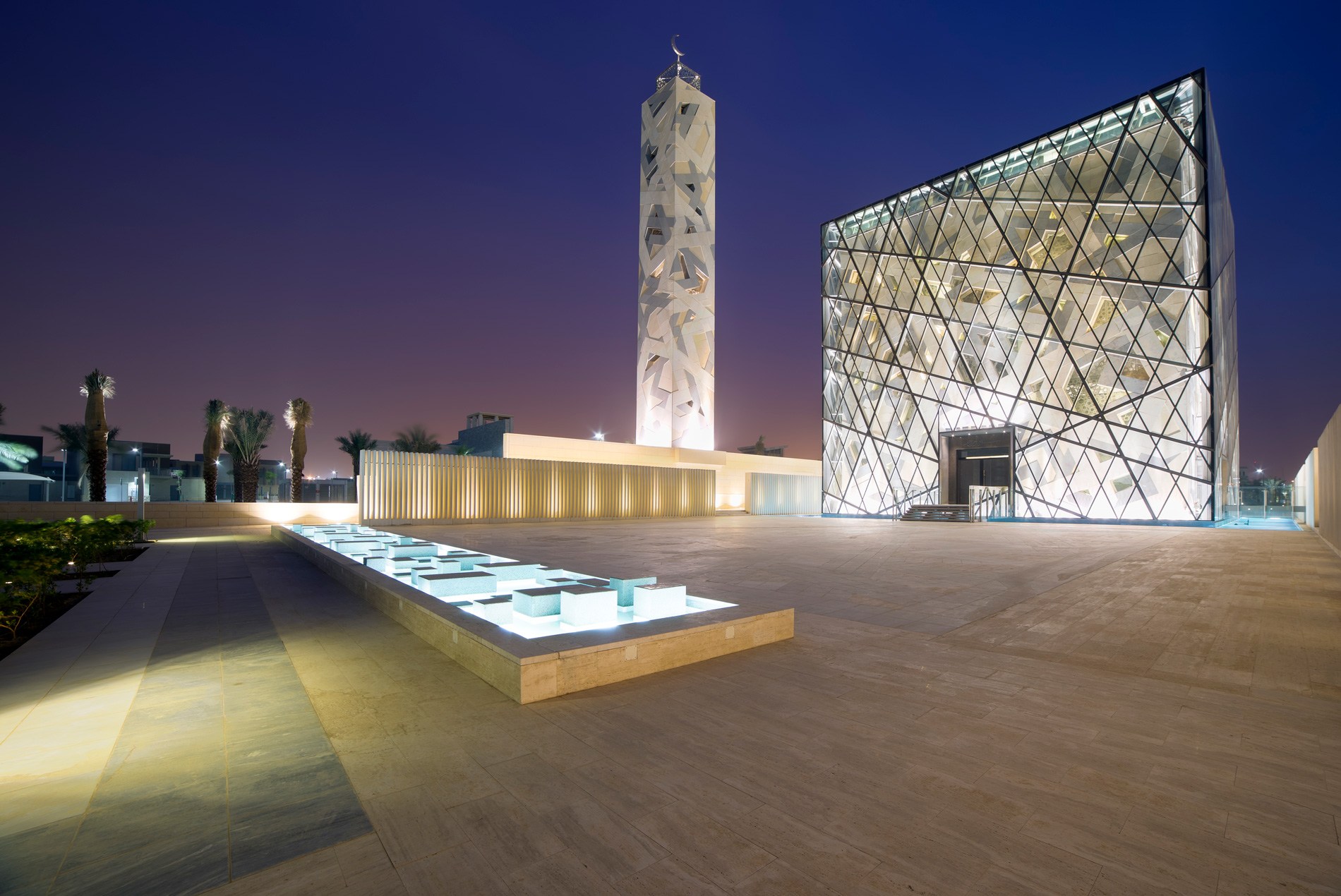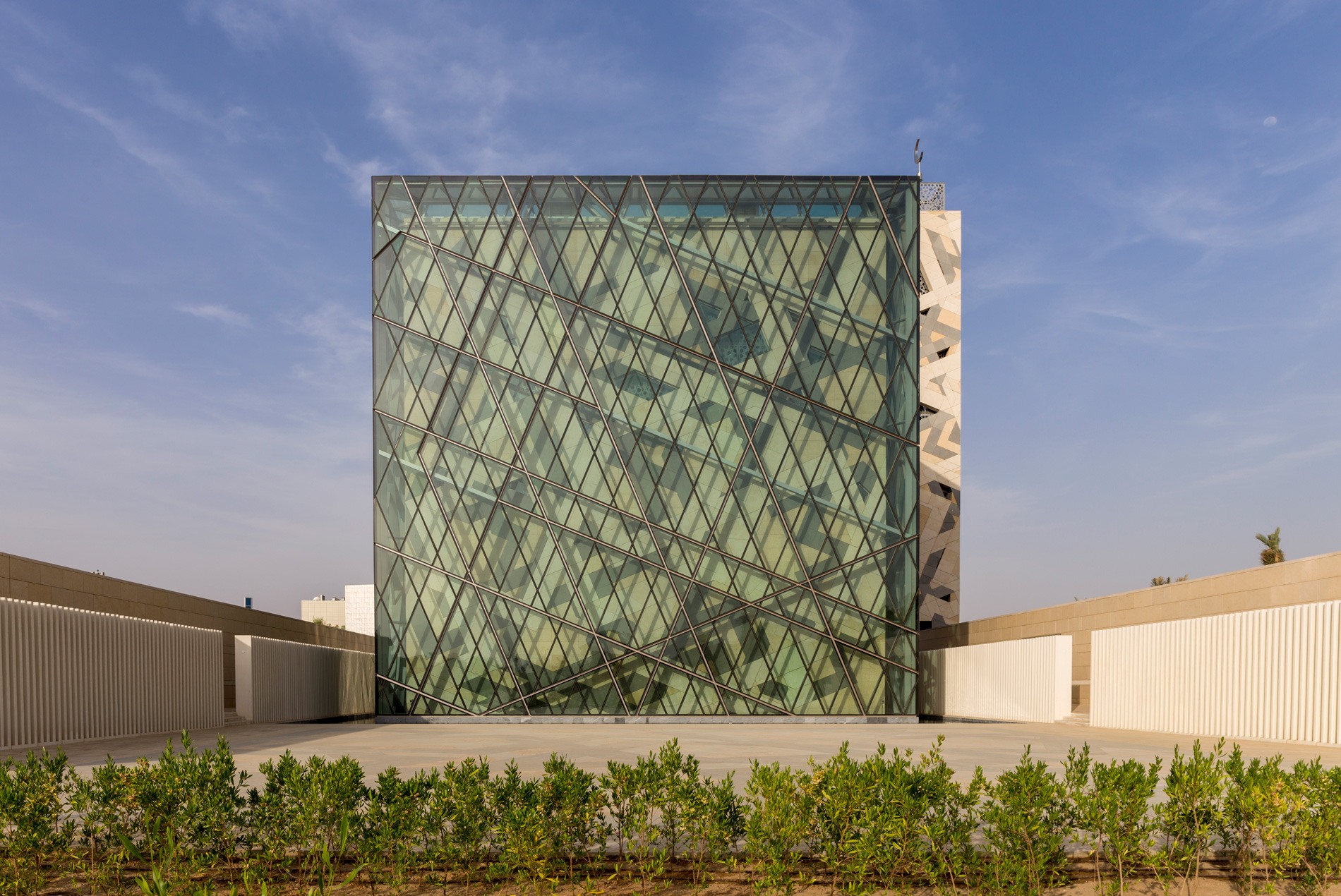Roger Schwabacher, a senior design principal in HOK’s Washington, D.C., studio, contributed to an article in Architecture Magazine (UK) on how architects incorporate the essence of religion within the design of a place of worship.
Excerpted from Architecture Magazine:
Designing religious institutions is a special responsibility. These places of worship touch something very deep and basic in us—a fascination and reverence for the divine and the unknown. Whether you are a believer or not, great religious buildings have an ability to transport us to another realm regardless of denomination.
As a designer, the complex goal is to explore a delicate balance of tradition with current needs and demands, especially as many religions today struggle with declining numbers of followers. The places of worship we are designing now cannot solely be identified by their history, but must be willing to explore other avenues, reinvent convention and start new traditions. Great design must be willing to take some risks. We need to find ways of both capturing tradition and expressing the time and place in which these places of worship are built.

For me, the design for a house of worship should consider more than just the physical building but also the sequence of entering the space. The procession represents the transition of leaving the profane world to enter the sacred realm. Once inside, the play of natural light—how in enters the space, is reflected and dispersed—promotes contemplation and spirituality. Shaping the play of light and shadow throughout the space is key to designing these ethereal spaces. A place of worship also should be a beacon of hope in the community. Depending on the context, this can involve a generous public realm, with indoor and outdoor community gathering space integrated into the design.
The community mosque (above and below) at the center of the King Abdullah Petroleum Studies and Research Center’s residential development in Riyadh, Saudi Arabia, demonstrates these principles. A series of outdoor courtyards arranged with an axial alignment toward Mecca and the Kaaba provide a formal progression toward the mosque.
Worshipers enter the building by climbing floating stone steps and traversing a glass bridge over a reflective pool that surrounds the structure. At night this pool is illuminated, creating the illusion that the mosque is levitating over water.

As a monolithic core perforated with a pattern of glowing windows and surrounded by glass, the mosque’s appearance changes throughout the day. Inside the mosque is a play of light and shadows, viewed through the lens and technological interpretation of a traditional mashrabiya screen wall.
Located adjacent to the mosque, the 115-foot-tall minaret tower mirrors the patterns of the mosque’s facade and serves as a literal beacon, facilitating the daily calls to prayer and drawing the community together to share in a common mission and purpose.
